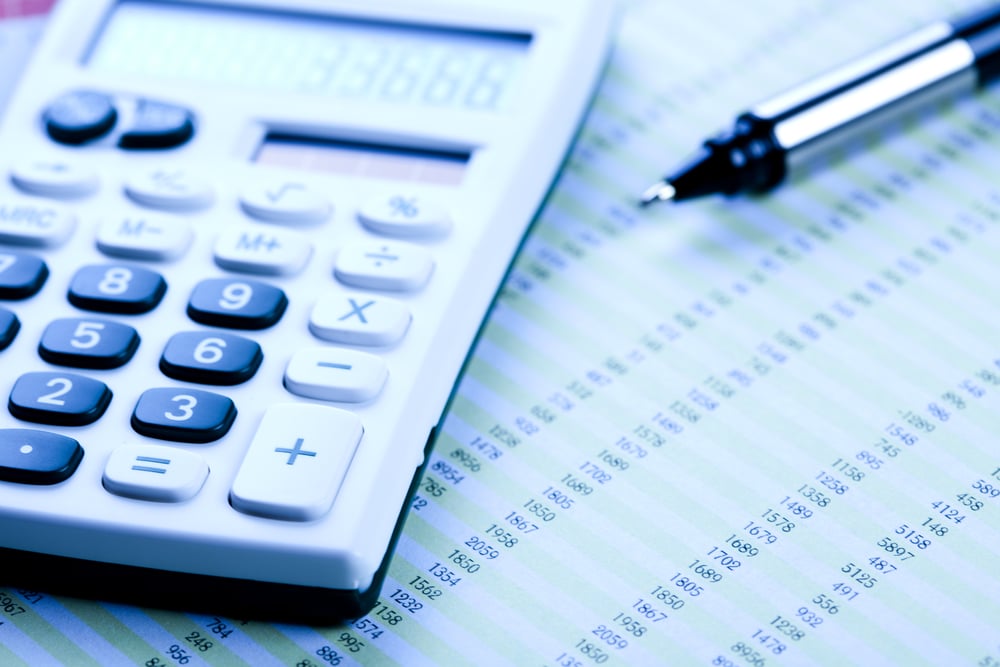
Companies incur both expenses and liabilities in their operations and in their mission to grow. These two factors are essential, and they form a core component of the financial statements of businesses.
Liabilities and expenses ultimately lead to outflows of money from companies, and therefore care should be taken to ensure that they are balanced with the inflows from revenue and investments. Failure to strike a balance can potentially lead to default and bankruptcy.
Liabilities
Liabilities refer to a company’s debt burden typically supposed to be paid on an ongoing basis in the medium or the long term. The payments can be paid in the form of cash or, in some instances, by ceding part of the company equity to the creditors.
Liabilities can be in the form of loans, interests, and other obligations owed to external parties. In essence, liabilities ultimately lead to the deduction of revenue from a company and may lead to financial instability if mismanaged.
Expenses
Expenses refer to the financial obligations that companies incur on a daily or monthly basis. They are not only unavoidable, but they are also necessary for sustaining operations. They typically come in the form of recurring bills that companies and businesses cannot do without. They are short-term and are usually cleared within short periods as they occur. Examples of expenses include internet bills, water bills, staff food bills, payments for cleaning services, etc.
Depreciation expense is a special type of expense, and its transactions are recorded under an account on its own. This type of expense describes the costs incurred when acquiring fixed assets that depreciate in value over the course of their usage. Examples include computers, vehicles, and plant machinery. As they are continuously used, they depreciate and are ultimately written off when they are no longer usable.
Expenditures vs. expenses
Expenses and expenditure are often seen as similar, considering that they are technically outflows of cash from a company. However, there are differences between them, as discussed below.
Differences between expenses and liabilities
The financial state of companies is usually prepared and recorded in financial statements, which are released periodically. This is one of the key elements of divergence between the two concepts. In standard accounting practice, liabilities are recorded in the balance sheet, while expenses are recorded in income statements.
By appearing in income statements, expenses are effectively deducted from revenue. Income statements are usually released every quarter, with their key component being the breakdown of how a company generated its income. Essential among its elements is the analysis of the profits and losses made.
The income statement also outlines the revenues made and shows how much went towards expenses and where gains and losses were made, culminating in the company’s net income.
A company’s balance sheet summarizes how much it owns, how much it owes, and how much it is owed. It also shows how the company balanced between assets and liabilities to generate revenue.
Liabilities are financial obligations with a specific timeline for payment. Failure to offset liabilities leads to default, which to some extent can lead to lawsuits and even filing for bankruptcy.
On the other hand, expenses are the recurrent day-to-day bills that a company must incur to keep its operations going. Expenses are what keeps a company functioning and are generally smaller and repetitive.
However, failure to pay expenses can see them growing into liabilities and paralysis of operations. Therefore, expenses should be paid off as soon as they are incurred to ensure smooth operations. On the other hand, most liabilities can be paid off over a relatively long period.
Liabilities can either be current in instances where they are due for payment within a period not exceeding one year or non-current when their payments are supposed to be cleared over a period exceeding one year. In contrast, there is no standard classification for expenses.
Liabilities are supposed to be recorded in a balance sheet. On the other hand, expenses are supposed to show up on the income statement, from which the losses and profits of a company are calculated.
Liabilities are typically accumulated over a long period and are taken as comparatively larger debt obligations. In contrast, expenses are payments that are due on a daily or a monthly basis and are at times even payable on the spot.
When a company accumulates high amounts of liabilities, it points to a company that could be having financial problems and may soon default, becomes insolvent, or bankrupt. Therefore, the bigger the burden of liability, the worse for a company’s image.
On the other hand, all companies have to incur expenses because expenses are unavoidable. Expenses keep companies functional but must be managed so that they don’t grow into liabilities.
In summary
Liabilities and expenses are part of responsibilities in business. They are related in that they both involve drawing money from a company, but they are handled in a different way when maintaining accounting books. They also have different effects on the profitability of companies. Both must be managed prudently and minimized to the greatest extent possible for a company to optimize profits and minimize losses.





